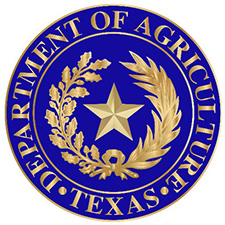What’s for dinner? Highest annual food inflation rate since Reagan era.
U.S. food prices will soar by an average of 6.8 percent this year, the highest annual rate since President Reagan’s first year in office — and that’s assuming price increases slow in coming months, said a University of Missouri think tank on Monday. Sky-high commodity prices are a factor, “but higher labor and energy costs and a range of other factors are much of the story,” said the Food and Agricultural Policy Research Institute.
White paper urges ag data modernization
The Agriculture Department should be a leader in facilitating data collection, utilization, sharing and research, said the AGree farm policy initiative and the Data Foundation on Tuesday. “The time has come for USDA and the policy community to consider how to accomplish the joint objective of protecting critical data while also allowing its use to answer critical questions,” said the organizations in a white paper that encouraged interagency sharing of information.
Today’s Quick Hits
Labor lessons: Poultry workers hope to learn from, and ultimately replicate, the organizing success of the Coalition of Immokalee Workers, the farm-labor advocacy group representing tomato pickers. (Mother Jones)
Land loss hurt Black farmers: Researchers estimated Black farmers lost $326 billion worth of land during the 20th century, an “intergenerational wealth gap” due in part to discriminatory USDA practices and forced sales of jointly owned land called heirs’ property. (Reuters)
Waive cargo preference rule: Sens. Joni Ernst and Chris Coons will file a non-binding resolution to waive for nine months the requirement that at least half of U.S. food aid be carried by U.S.-owned vessels, a step they say will speed aid to Ukraine. (Politico)
HPAI tops 36.6 million: With the discovery of highly pathogenic avian influenza at a Colorado egg farm with 1.1 million hens, more than 36.6 million birds have died of bird flu or in cullings of infected domestic flocks. (USDA)
Wildfires, vineyard workers: Winemakers are shifting to nighttime harvest of grapes to reduce heat stress on workers and trying to avoid exposure to smoke during the day, as climate change means hotter days and a fire season that coincides with harvest time. (Modern Farmer)
Corn planting gap widens: Farmers have planted half as much of the corn crop as they usually do by the first of May — 14 percent vs. 33 percent — the slowest planting pace since 2013. (Farm Journal)











